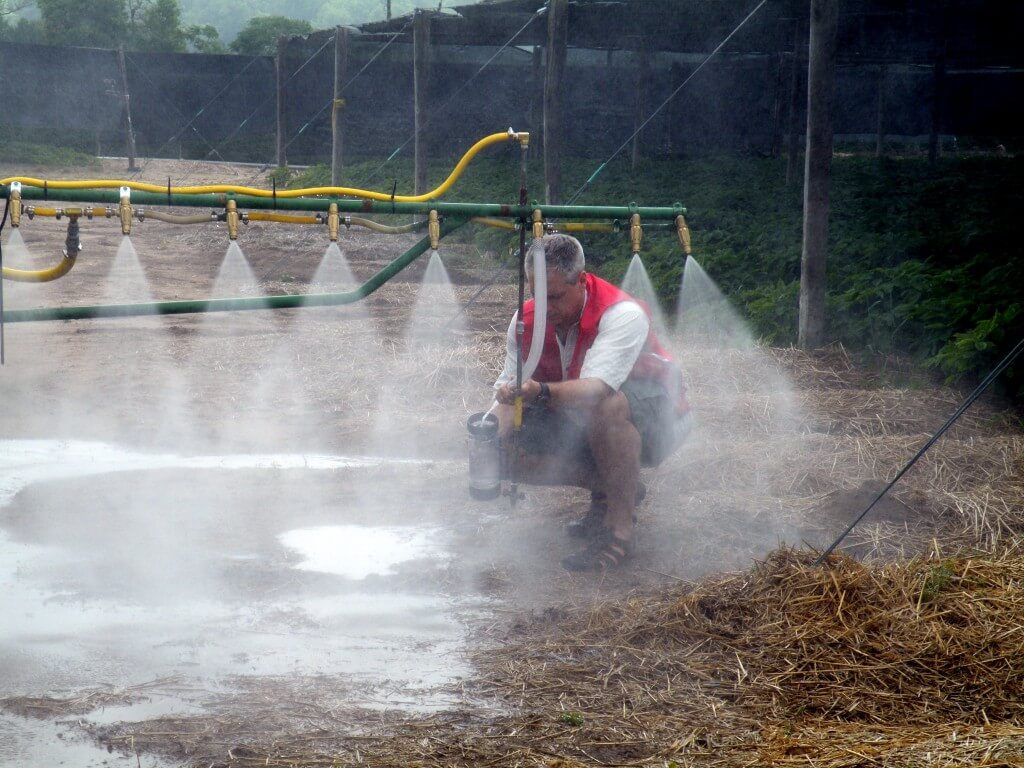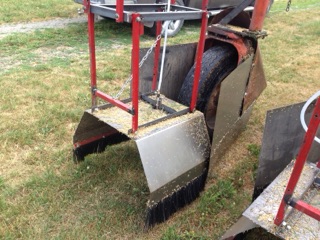
This article was co-written with Dr. Sean Westerveld, Ontario Ginseng and Herb Specialist. Introduction An effective ginseng protection program begins with observing the Integrated Pest Management (IPM) process: When spraying is warranted, the operator should understand the basics of application technology. This not only includes the equipment, but the effects of changing spraying parameters (such […]



